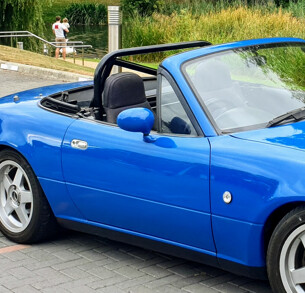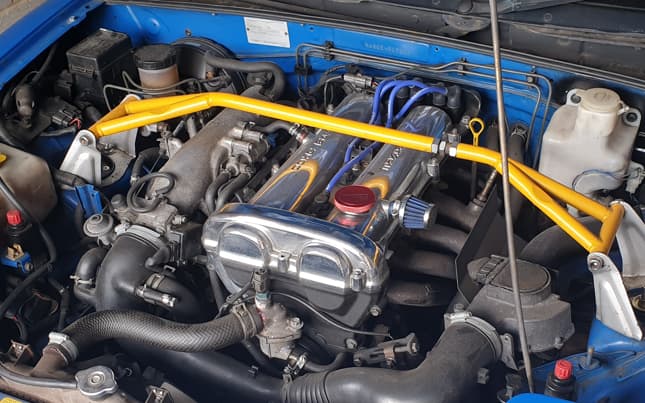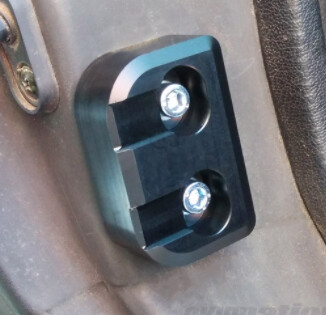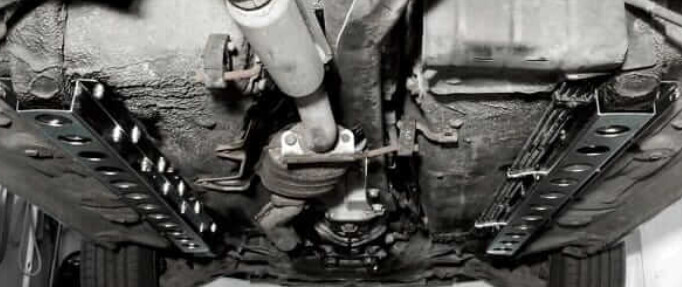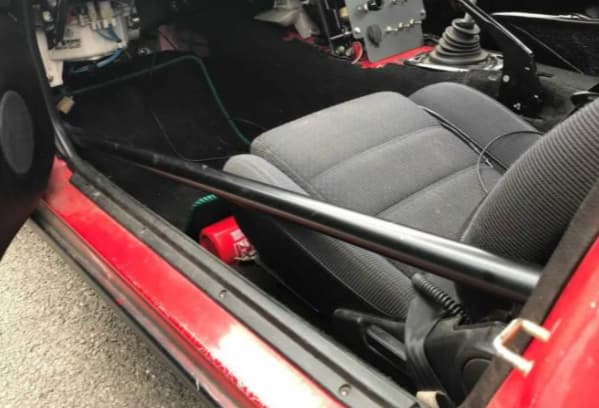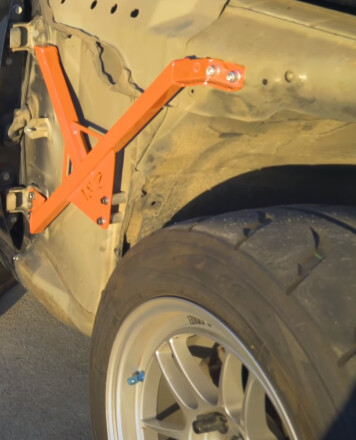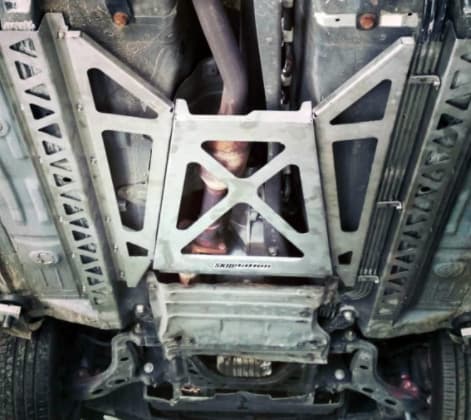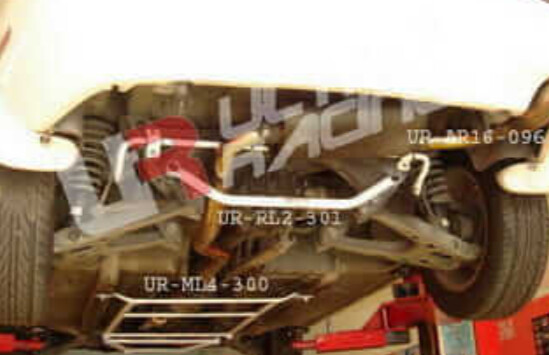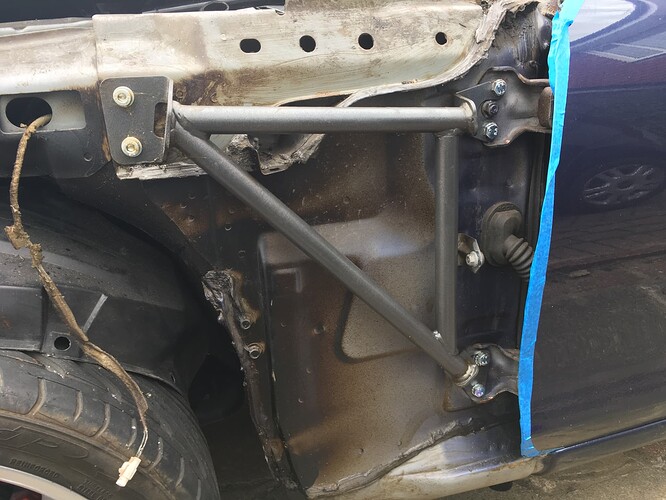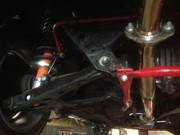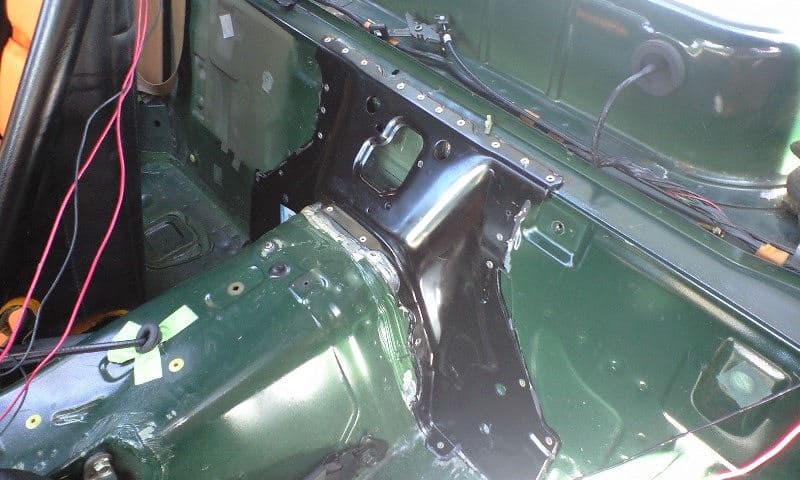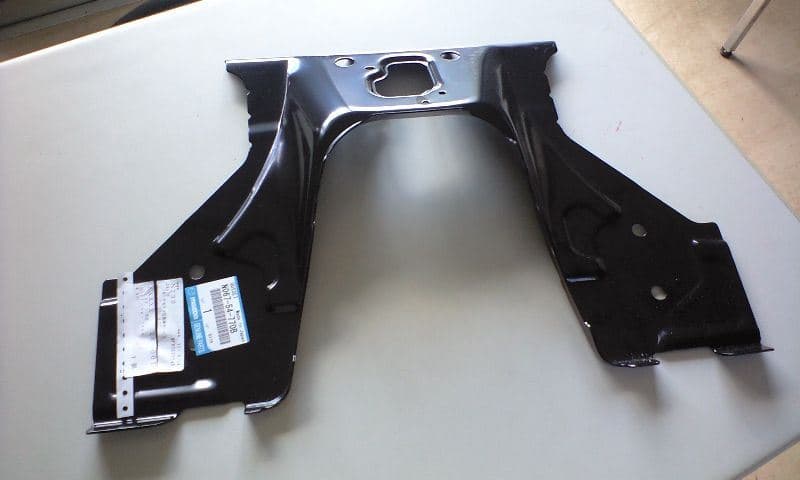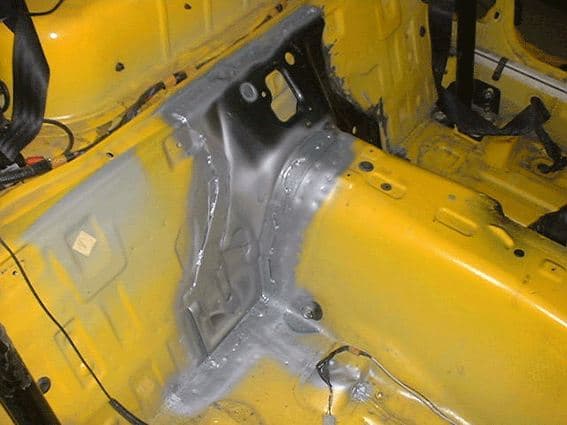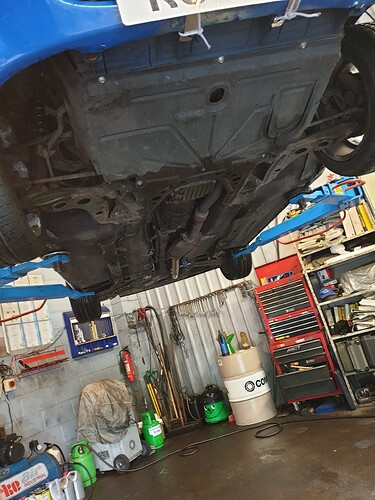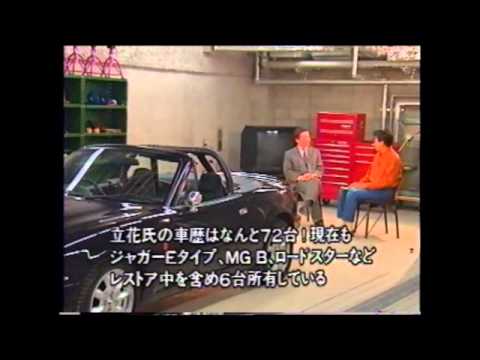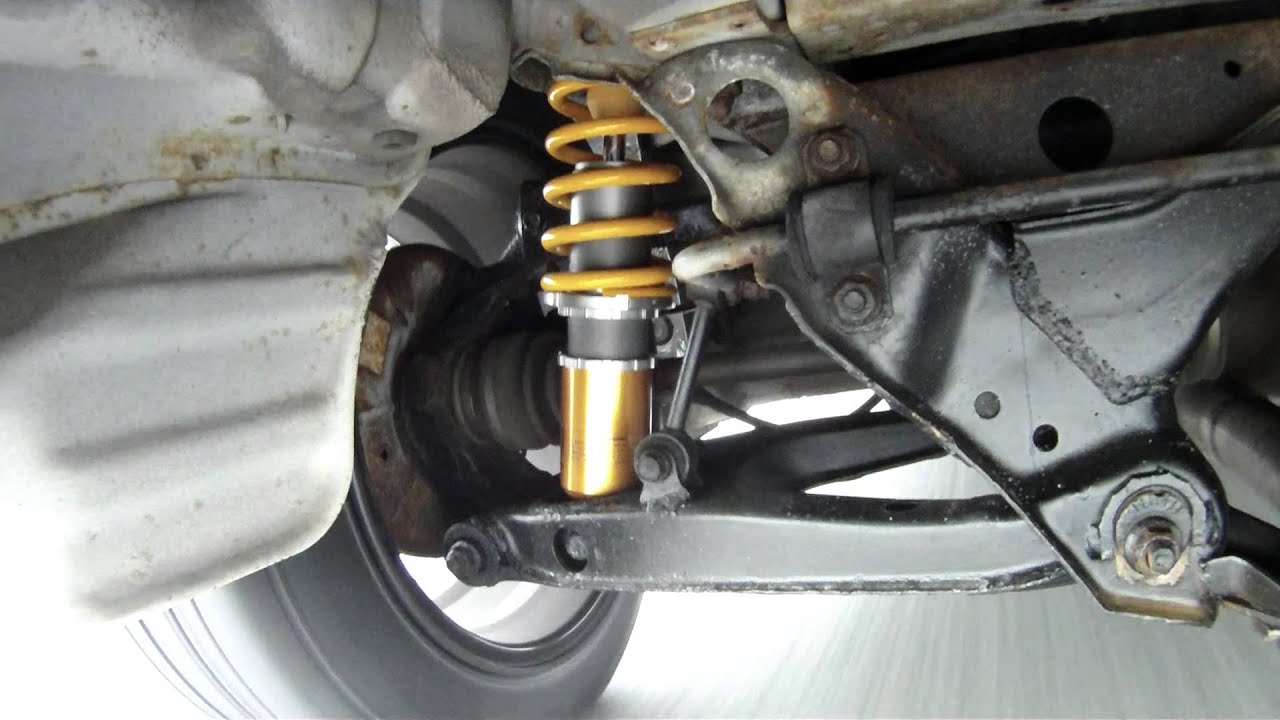I think with a 30 year old car, renewing the bushes would be a good start, but not stiffer bushes. Adding bracing will probably highlight deficiencies elsewhere. So best start with a good baseline.
If repairing the anti-drum channels (the “chassis rails”), probably best to have something welded on top, rather than drilling the floorpan. Old rails need to be cleaned of underseal etc, knocked back into shape. Or, just leave them alone if there are no splits in the metal, and monitor.
I believe some crushed rails have been repaired by cleaning back, welding on pins, and using a slide hammer to restore to the original shape.
Adding things like frame rails, if you want that, is probably the last thing you want to do after everything else.
The crash bang wallop ride on British roads, in a NA, is largely down to the lack of travel on the rear shocks (the tops of the shocks hitting the bumpstops when on a B-road. The direction I took was to fit Mk2 tops and hardware, with Protec shocks and P5 pigtail springs. I rather trust the OE Mazda parts than the uncertainties of a Chinese top mount built to a cost.
I knew a club member who had also gotten himself a very nice NA. He considered himself a good drive, being a recently retired RUC driver. He immediately decided he wanted to make the car handle “better”. The worst he did was to call Moss and get their recommendations. They sold him super stiff tubular ARBs, becaue they made the car handle “better”. A week after fitting them, he stuffed the car into a ditch on a familar road after the tyre bead came away from the rim, likely because the car was cornering so flat. The car was saved though, minor panel damage to a previously concours car.
Overall, Mazda spent a lot of money developing this car. Be careful about upgrades invented by someone in a shed.
Always like this test of a factory fresh M2-1001 being put through its paces
